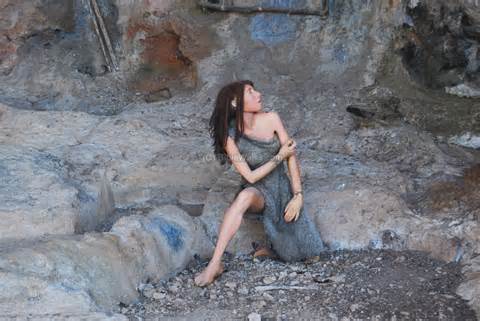The Carmel Caves in northern Israel have been added to the list of World Heritage Sites by UNESCO. The caves have been added to the list for “providing a definitive chronological framework at key periods of human development.
Situated on the western slopes of the Mount Carmel range, just south of Haifa, the site has four caves which provide an archive of early human life in south-west Asia, revealed after 90 years of research. The area contains cultural deposits representing at least 500,000 years of human evolution.
According to UNESCO the caves are “located in one of the best preserved fossilised reefs of the Mediterranean region, the site contains cultural deposits representing half a million years of human evolution from the Lower Paleolithic to the present.”
The site is maintained by the Israel Nature and Parks Authority and visits to the site include the Tanur Cave, which revealed the presence of three human cultures. The smaller Gamal Cave, with its display of tools of the Mousterian culture and the Hanahal Cave, some 90 metres deep, where an audiovisual presentation illustrates prehistoric daily life. A model of a skeleton outside the Hanahal Cave illustrates burial customs of the Natufian culture 10,000 years ago.
For further information and visiting hours please visit Carmel Caves






